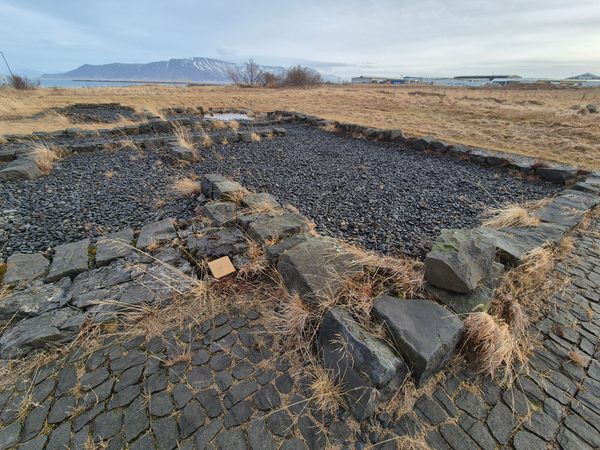For centuries, Iceland was plagued with a nationwide pandemic: leprosy.
In 1898, a law was passed stipulating that people with leprosy had to be isolated from the rest of the population. Those afflicted with the disease were committed to the hospital in Laugarnes.
The Holdsveikraspítalinn í Laugarnesi was a gift to the people of Iceland from the Oddfellow Order of Denmark, given in 1898. The building was a two-story timber construction which was able to house 30 male and 30 female patients. There was also a house for the doctor and rooms for other staff.
The first two recorded patients were an 11-year-old boy and a 62-year-old man. Both were admitted on October 10, 1898, and went on to live out the rest of their days at the hospital.
Over the next 42 years, 210 patients were admitted to the hospital: 131 men and 79 women. Three of the hospital’s patients stayed for the duration of the hospital’s operation, while 26 lived there for over 20 years.
Holdsveikraspítalinn í Laugarnesi made many contributions to medical advancements in Iceland. The first nursing school in the country was founded and operated from here. The hospital was also a driving force in leprosy research.
British troops took over the property in June 1940, and the hospital residents were relocated. On April 7, 1943, while still being used by the British troops, the building caught fire and burnt to the ground, leaving only the foundation. The ankle-high walls currently visible are only a small percentage of the once grand hospital, representing only one wing of the building.
The fight against leprosy in Iceland was “won” in 1979 when the last leprosy patient passed away.

